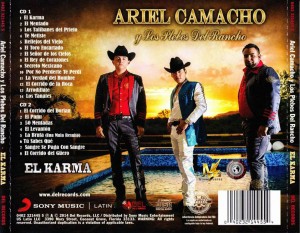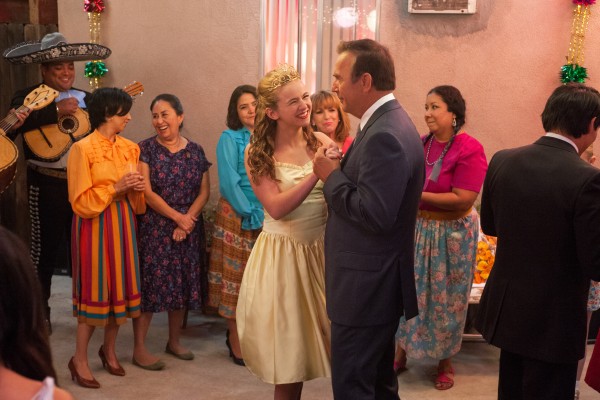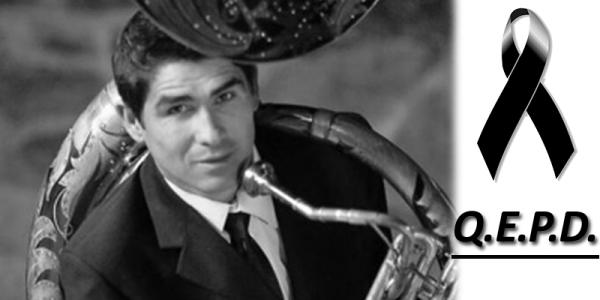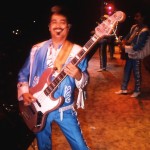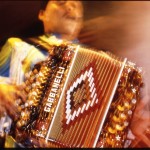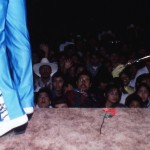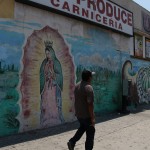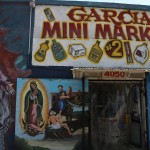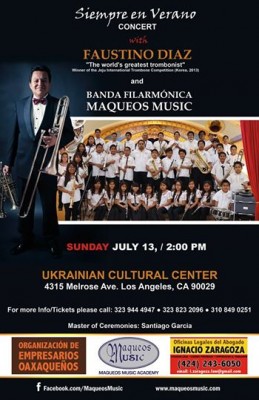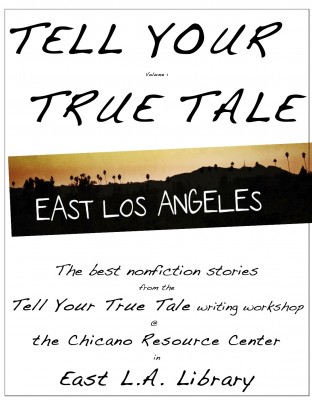Now that they’re dead, George Jones and Johnny Cash have been allowed back into Nashville.
Each man now has a museum in his honor, I discovered as I walked up and down Music Row in Music City.
City.
I’m in Nashville at the invitation of Prof. Ted Fischer and Vanderbilt University’s Center for Latin American Studies to give some talks about heroin and pills.
Nashville’s a great town. First time I visited, in 2001, also at the invitation of CLAS, I spent time at a West Nashville apartment complex watching Sudanese Lost Boys and Bosnian immigrants play soccer. The town has the largest Kurdish population in America, and had 80,000 Mexicans as well. That night, I went to a Mexican circus – Los Hermanos Vasquez.
And it’s got country music.
I’ve been a country fan since I was about 16 and my guitar teacher started playing me some Merle Haggard and Emmylou.
Johnny Cash and George Jones have been my favorites for so many years. These two guys had voices like oak trees. They shared a lot in common, I thought, with jazzman Sonny Rollins, whose saxophone had the same kind of sound. But neither Cash nor Jones was much appreciated by Nashville’s new pop-rock country, big-hat-boys sound toward of his life. Cash didn’t even have a record deal. Sorry state of affairs for two of the greatest singers we Americans ever produced.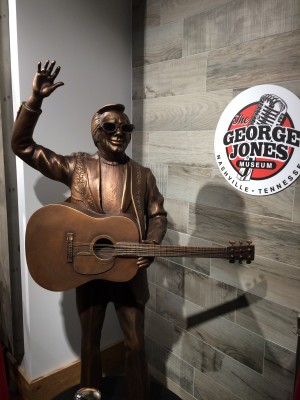
Problem is, from the radio, I gather that there isn’t much about current Nashville country music that would have room for either man if he were starting out today.
In fact, as I walked up and down Music Row in Nashville, I searched in vain for what I consider to be the soul of country music: a pedal steel guitar.
Pedal steel is what makes country music sound so sweet; the instrument sounds a lot like the voice of Emmylou Harris. I’m told that Ms. Harris, my personal country music goddess, doesn’t listen to new country music any more. Maybe it’s because they’ve done away with the pedal steel guitar, I thought as I walked down Music Row. Pedal steel also makes country music sound raw sometimes, too, and I like that.
Walking down the Row, there was a lot of what I took to be rocknroll. I heard some Michael Jackson. I heard some Eagles and was going to call the Chamber of Commerce to complain. I had dinner in George Jones’ Museum and Restaurant and ate three scallops that cost me $11 per scallop, but I didn’t find any pedal steel guitars in there.
I peered inside Margaritaville, but all they had was a rock band. Same with the place next door. No pedal steels.
I did happen in to Ernest Tubb’s Record Store, where I found CDs for $2.99 each in the bargain “tubb.” I bought five, including a compilation of truck driving songs, with some frantic pedal steel picking, called Lay Me Down a Truck Driving Man. Jewel of the CD was Mac Wiseman’s song, “Eighteen Wheels Humming Home Sweet Home.”
Raindrops on the windshield
Teardrops on my steering wheel
This old truck’s the only thing I own.
My old heart is pining
While her old engine’s whining
And eighteen wheels humming Home Sweet Home
From poetry like that you can see why I thought the CD would be the night’s highlight.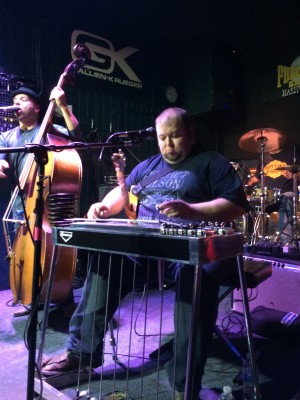
Then I stumbled into the Full Moon Saloon. On the stage was a bar band and in the band was Mike Bourque. He was sitting with a Telecaster in his lap and a pedal steel before him, burning holes through songs with both instruments. So there I stayed until they stopped playing. Don’t know who Mike Bourque is, but he sure can play.
I guess this is where the real heart of Nashville music resides, not so much on those radio stations.
So I’ll leave you with Mike Bourque, on Telecaster and (briefly here) pedal steel blazing through the last three minutes of Merle Haggard’s “Honky-Tonk Nighttime Man.”


